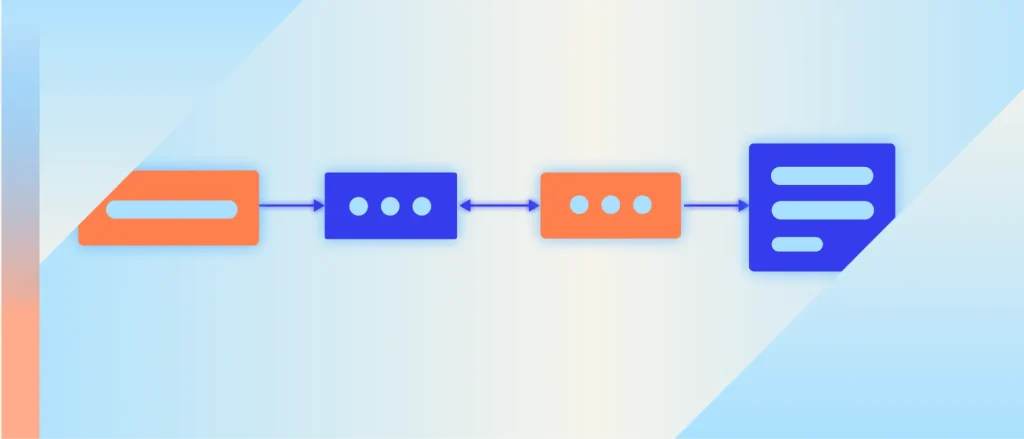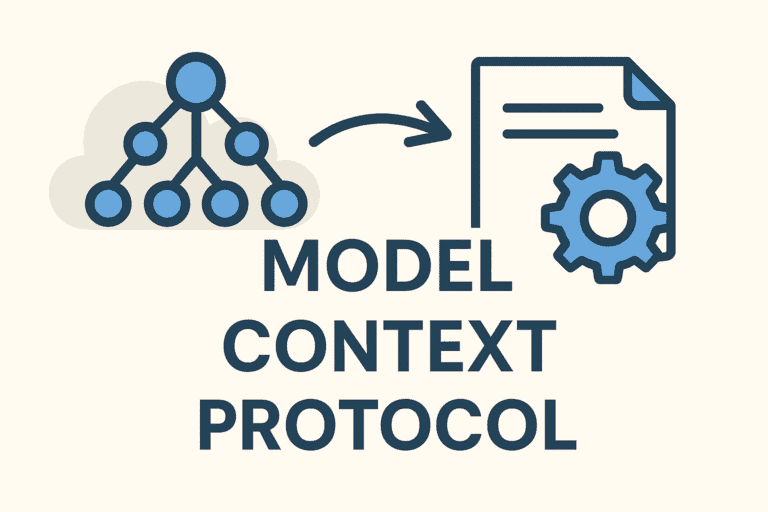In today’s fast-paced business world, effective project management is more than just a helpful skill — it’s a critical factor for growth and long-term success. However, not all organizations approach project management the same way. Some companies handle projects on an ad-hoc basis, while others have refined their processes over years to achieve outstanding results.
This difference often comes down to the level of project management maturity within the organization. By understanding where your business stands on this scale, you can uncover gaps, improve workflows, and set a clear path for growth. The Project Management Maturity Model (PMMM) is a proven framework that helps businesses evaluate and advance their project management capabilities. It not only highlights strengths and weaknesses but also provides a structured roadmap to reach higher efficiency and effectiveness.
What is Project Management Maturity Model

The Project Management Maturity Model (PMMM) is a framework that assesses how well an organization manages its projects. It helps determine how structured, consistent, and optimized your project processes are. Just like personal growth has stages, project management within a business also evolves through levels of maturity.
PMMM typically outlines five distinct levels, ranging from chaotic or undefined practices to highly optimized and continuously improving systems. Each level represents a stage of development that impacts how projects are planned, executed, monitored, and completed.
Understanding where your business fits on this model allows you to identify opportunities for improvement. By moving up the maturity levels, you reduce risks, improve resource utilization, deliver projects more consistently on time and budget, and ultimately achieve strategic goals more effectively.
The Five Levels of PMMM

The Project Management Maturity Model (PMMM) is structured into five progressive levels. Each level represents how mature and effective an organization’s project management practices are, ranging from unpredictable and informal to optimized and continuously improving. Here’s a closer look at each level:
Level 1: The Initial Process
At this stage, project management is generally unstructured and inconsistent. Organizations operating at Level 1 rely heavily on individual effort and heroics rather than established processes. Projects are often managed reactively, with no standardized methodology or repeatable practices.
Key characteristics:
Success depends largely on the skills of individual project managers.
Projects often go over budget or miss deadlines.
There is little to no documentation or formal planning.
Risks: High, as outcomes are unpredictable and hard to replicate.
Level 2: Structured Process and Standards
Level 2 organizations begin to recognize the value of structured project management. Basic processes and standards are introduced, but they may only be applied to select projects or teams.
Key characteristics:
Project planning and tracking are somewhat formalized.
Templates, checklists, and rudimentary tools start to emerge.
Still lacks consistency across the entire organization.
Benefits: Helps reduce chaos and starts to establish a culture of accountability.
Level 3: Organizational Standards and Institutionalized Process
At Level 3, project management practices become a part of the organization’s culture. Standardized methodologies are documented and consistently applied across all projects.
Key characteristics:
Defined processes are integrated into everyday operations.
Training programs ensure staff are aligned with standards.
Metrics are collected to measure performance and compliance.
Benefits: Improves predictability, quality, and repeatability of project outcomes.
Level 4: Managed Process
Organizations at Level 4 actively monitor and control their project management processes. Data-driven insights are used to manage projects and to refine processes continually.
Key characteristics:
Performance metrics and KPIs are regularly tracked.
Risks are proactively identified and managed.
Management uses dashboards and reports for informed decision-making.
Benefits: Allows for more precise forecasting and greater control over resources and timelines.
Level 5: Optimizing Process
This is the highest level of maturity, where continuous improvement is the norm. Organizations systematically analyze project data to refine processes and drive innovation.
Key characteristics:
Lessons learned from each project feed into process improvements.
Advanced tools like predictive analytics and AI may support decision-making.
The organization fosters a culture of excellence and adaptability.
Benefits: Positions the business to consistently deliver strategic value and stay ahead of competitors.
The First Two Levels
Understanding the first two levels of the Project Management Maturity Model (PMMM) is crucial, especially for businesses just beginning to formalize their project management practices. These levels highlight where many organizations start and the common challenges they face.
Level 1: The Initial Process
At Level 1, often called the ad-hoc stage, projects are carried out in a chaotic or unstructured manner. There are no established procedures or documented methodologies. Each project is managed differently, depending largely on individual skills, experience, and even intuition.
Challenges:
Success is unpredictable and cannot be consistently replicated.
Projects frequently exceed budgets and deadlines.
Knowledge and practices are not shared, so lessons are rarely learned.
Why it matters:
Operating at this level exposes businesses to high risks. Without reliable processes, projects are vulnerable to failure, and organizations struggle to achieve strategic goals.
Level 2: Structured Process and Standards
At this stage, companies begin to recognize the importance of having some structure in place. They introduce basic project management processes, develop templates, and may start using simple tools to plan and track progress.
Characteristics:
Processes are developed but not yet standardized across the entire organization.
Teams may use similar approaches, but consistency is still lacking.
Project documentation becomes more common, though practices may vary by department or team.
Why it matters:
Level 2 is often the first major step toward maturity. While still uneven, introducing structured processes helps reduce chaos, improves accountability, and lays the foundation for more advanced practices.
The Third Level
Level 3: Organizational Standards and Institutionalized Process
Reaching Level 3 on the Project Management Maturity Model marks a significant milestone. At this stage, project management is no longer just a set of guidelines followed by individual teams — it becomes an integral part of the organization’s culture. Processes are standardized, documented, and enforced across the entire business.
Key characteristics:
A formal project management methodology is adopted organization-wide.
Project managers and teams consistently use the same processes, tools, and templates.
There is structured onboarding and training to ensure everyone understands and applies these standards.
Regular project reviews and audits are conducted to maintain process adherence.
Why it matters:
Moving to Level 3 greatly improves project predictability and success rates. With consistent practices, organizations can compare projects, identify trends, and apply lessons learned more effectively. It also builds a shared language and approach to managing projects, reducing misunderstandings and streamlining collaboration.The value for your business:
Operating at Level 3 minimizes risks tied to inconsistent execution. It helps ensure that projects align with broader business objectives and that resources are utilized efficiently. By institutionalizing project management, companies can scale operations more confidently and take on more complex initiatives.
The Fourth & Fifth Levels
As organizations progress through the Project Management Maturity Model, they enter the most advanced stages — Level 4: Managed Process and Level 5: Optimizing Process. These levels set high-performing businesses apart, giving them greater control, predictability, and a competitive edge.
Level 4: Managed Process
At Level 4, organizations not only follow standardized project management practices but also actively monitor and control them. Data becomes a powerful tool at this stage, used to guide decisions, manage resources, and improve future project performance.
Key characteristics:
Comprehensive metrics and KPIs track project health, quality, cost, and timelines.
Management uses dashboards and analytical reports to make informed decisions.
Risks and issues are proactively identified, documented, and mitigated.
There is a clear alignment between project performance and strategic goals.
Why it matters:
This level helps organizations become truly predictive and responsive. By leveraging real-time data, they can adjust course before small problems escalate, ensuring projects stay on target.
Level 5: Optimizing Process
Level 5 represents the pinnacle of project management maturity. Here, the focus shifts from managing projects effectively to continuous process improvement and innovation.
Key characteristics:
Lessons learned from each project feed back into process enhancements.
Advanced tools, like predictive analytics and machine learning, may support forecasting and decision-making.
The organization fosters a culture of collaboration, feedback, and adaptability.
Change management is strong, enabling the company to adjust quickly to evolving business needs.
Why it matters:
At this level, project management is not just a function but a strategic asset. It drives competitive advantage by ensuring the business can consistently deliver high-value outcomes, adapt to market shifts, and innovate with confidence.
Conclusion
Understanding the Project Management Maturity Model (PMMM) gives your business a powerful lens to evaluate where you stand and how you can grow. Each level, from the initial chaotic processes to a fully optimized, continuously improving system, highlights critical areas of strength and opportunity.
By recognizing your current level, you can take deliberate steps to enhance your project management practices — whether it’s introducing basic standards, institutionalizing processes across the organization, or leveraging data and innovation to stay ahead of the curve.
Investing in project management maturity isn’t just about completing projects on time and within budget. It’s about building a resilient, agile, and strategically aligned organization that can confidently tackle future challenges and seize new opportunities.
Read More: The Benefits of Integrating Work OS into Your Team’s Workflow










